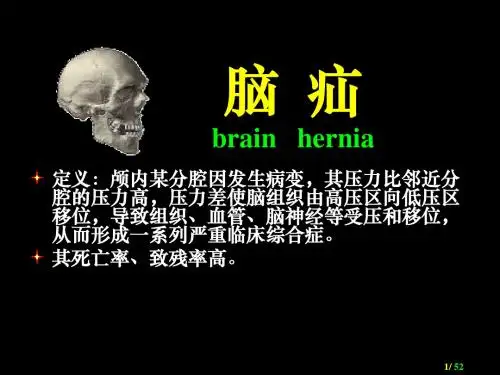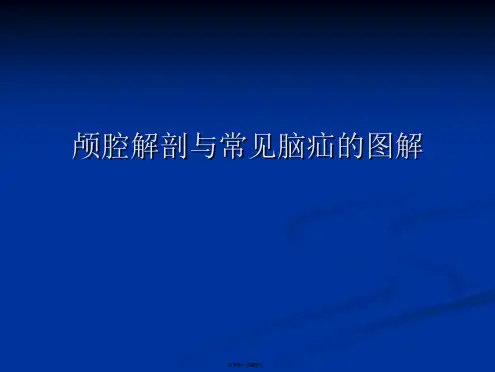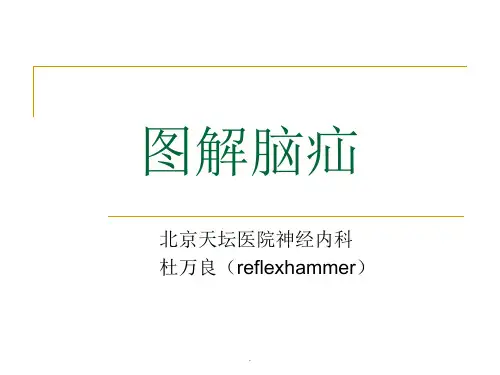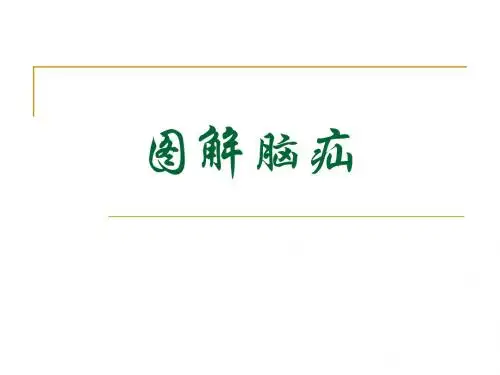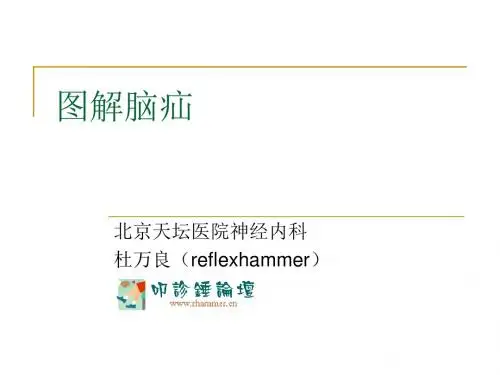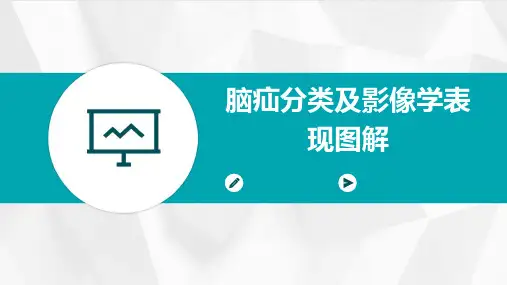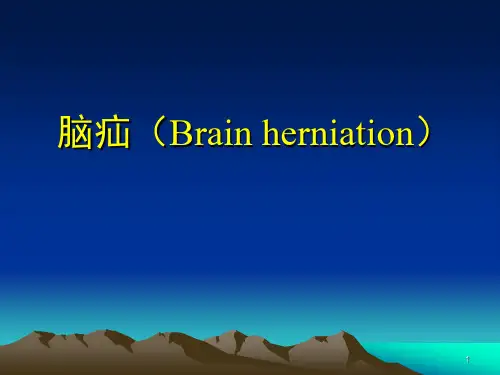The suprasellar cistern (left image) is obliterated. The quadrigeminal cistern is very compressed and pushed posteriorly (center image).
A subdural hematoma with a midline shift is noted. There is central transtentorial and subfalcine herniation.
arrow points to the fourth ventricle. The center image shows a higher cut where the
suprasellar cistern has a 6-pointed star appearance since the posterior border is formed by the cerebral peduncles (P) which have a central cleft. The right image shows the quadrigeminal cistern (black arrow). Note the "baby's bottom" appearance of its anterior border. When ICP is increased, the quadrigeminal cistern space is compressed or obliterated.
.
The suprasellar cistern
& the quadrigeminal cistern.
The midline sagittal MRI scan shows the levels of the axial diagrams. The quadrigeminal cistern is located above (anterior to) the "Q" in the highest cut shown (number 9). The anterior border of the quadrigeminal cistern is formed by the superior colliculi (c). Image 8 (lower cut) also shows the quadrigeminal cistern. In this case, its anterior border is formed by the inferior colliculi (c). This gives the anterior border of the quadrigeminal cistern the appearance of a "baby's bottom". The quadrigeminal plate is comprised of the superior and inferior colliculi. The quadrigeminal cistern is posterior to this quadrigeminal plate, thus its anterior border may be formed by the inferior or superior colliculi.



